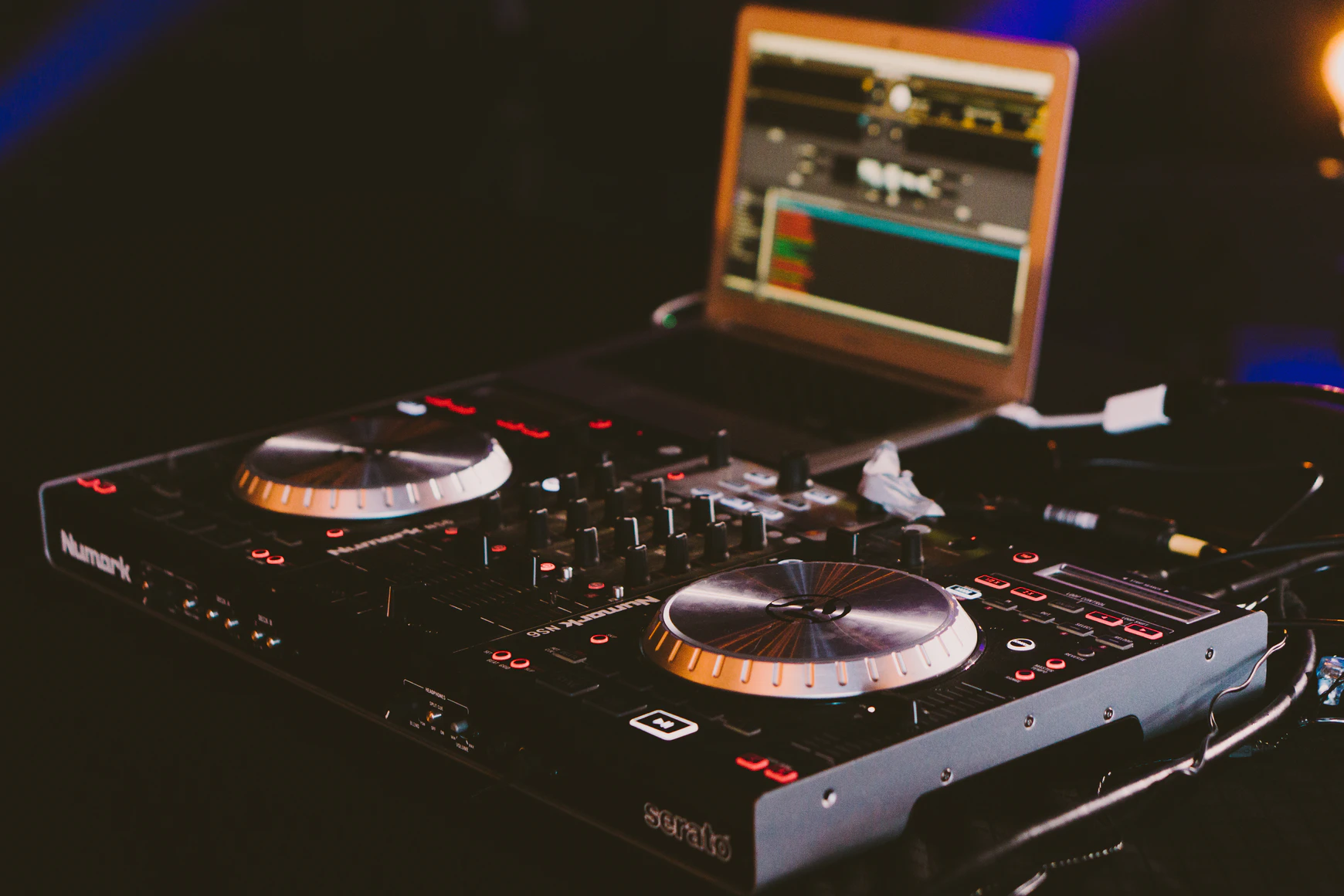2022 is shaping up to be a revival year for indie music. NME have highlighted their top 100 emerging artists of the year, and there’s a strong homebrew, garage-style edge to the list. Put simply, it’s easier than ever to produce music at home, and it no longer has to be restricted to the lo-fi style. While different from what you might think of as being classic indie-style music, the likes of Soundcloud rappers and beat choppers have shown a clear path forward for artists looking to make their own imprint at home – regardless of the tech level.
The digital technology
A big feature of modern digital music production is that it’s inclusive of all budgets. Gone are the days when you needed huge physical DAWs or expensive production toolkits. Indeed, services like FL Studio, which DJ Mag rightly highlights was game-changing, have upped their ability. The sounds you can create in hobbyist tech are now as good as what you can make in the professional studio. In terms of hardware, there’s a lot more options now, too. Apple products remain the gold standard for creative artists, but that’s more to do with easy setup and inbuilt tools. With the right knowhow and experience you can build toolkits on a Linux or Windows computer to rival anything else. In much the way that you’ll get better at recording with practice, you’ll improve your skills behind the mixing desk with time, too.
Recording equipment
What you put into the system has become more inclusive of budget, too. Indie recording mainstay instruments, like Strats and Teles, or Zildjian cymbals, are becoming ever more expensive – an American Standard Fender is going to set you back over $1000 now. However, remodels from other companies are improving in quality every single year. MusicRadar highlights in particular the Yamaha Pacifica, which can be picked up for under $300, and has a range of sounds and tones to rival a Strat. Microphones, too, are improving in quality every single year; a cheap $10 boom mic picked up from Amazon can provide a clarity of recording fitting for the lofi aesthetic at the very least.
Finding the expertise
In addition to all of this, a growing movement in open source and freeware sampling is opening up the field for digital instrumentation. Samples and virtual instruments have historically been jealously guarded – producers the world over build their own style based on their kit, and building that reservoir of sounds is often the mark of an experienced producer. The internet provides, however, and online repositories now give a huge range of sounds and instruments for producers to use, free of charge and legal.
Good quality music production is, thanks to modern digital tools, no longer purely the reserve of the elite. Free tools, budget instruments, and open source sounds are making it possible to produce on a budget. The music coming from bedrooms and garages across the world is more exciting than ever as a result.









